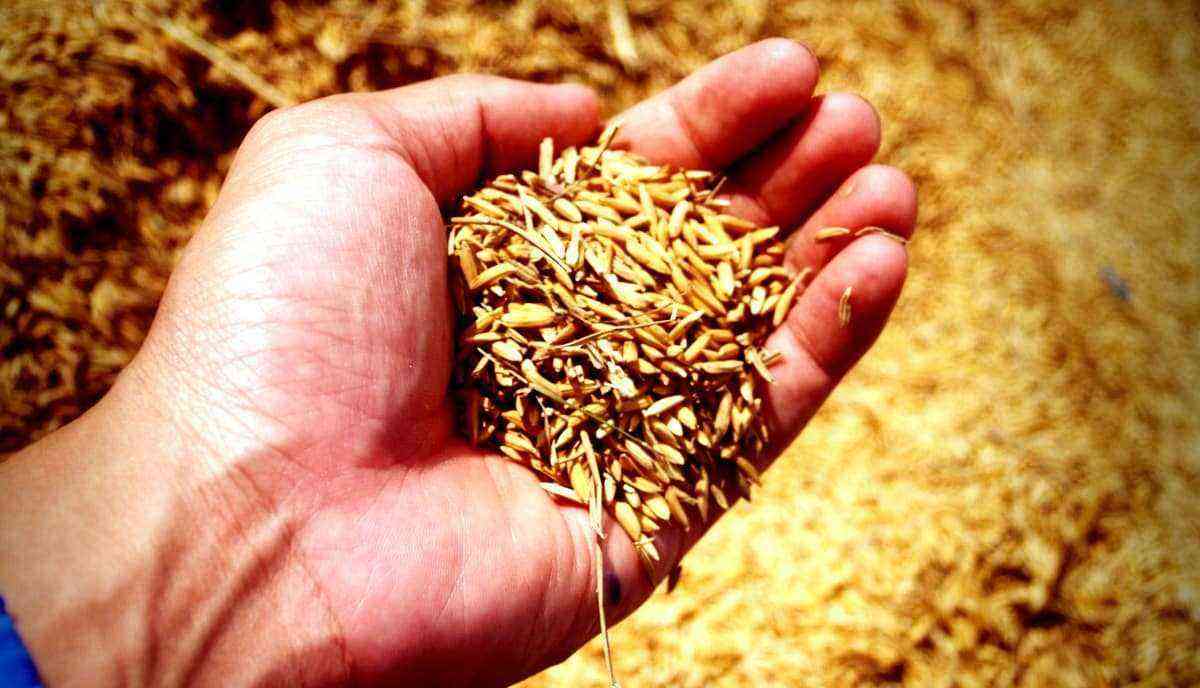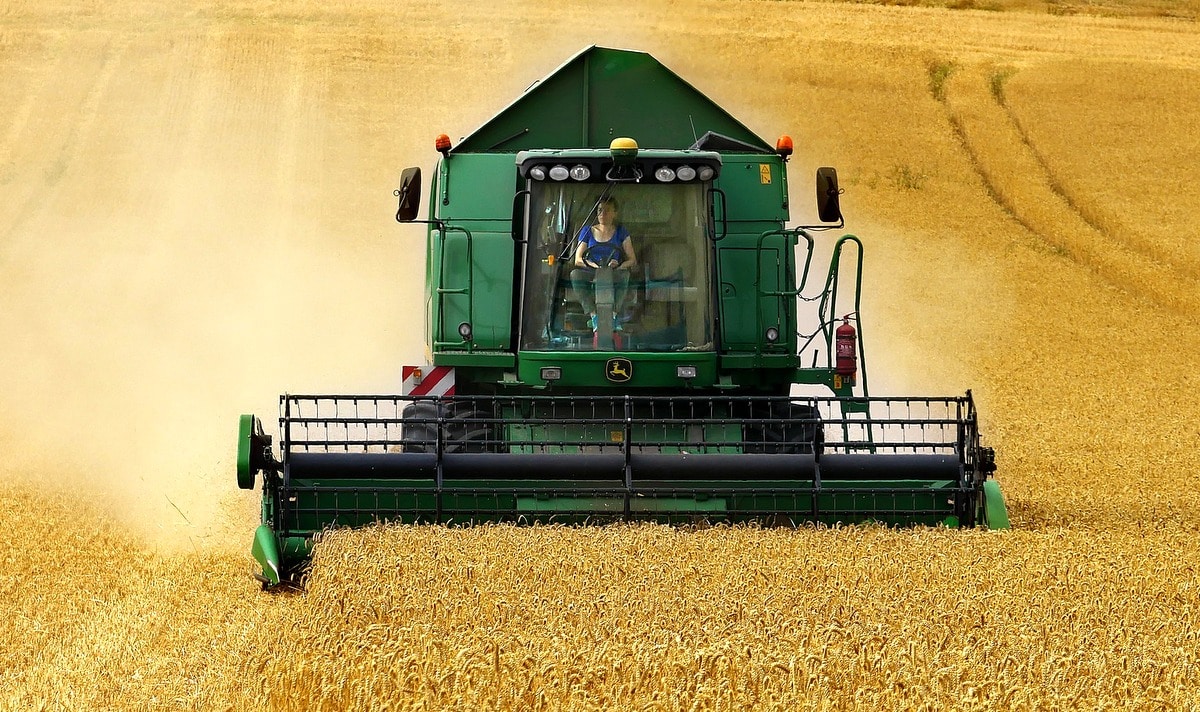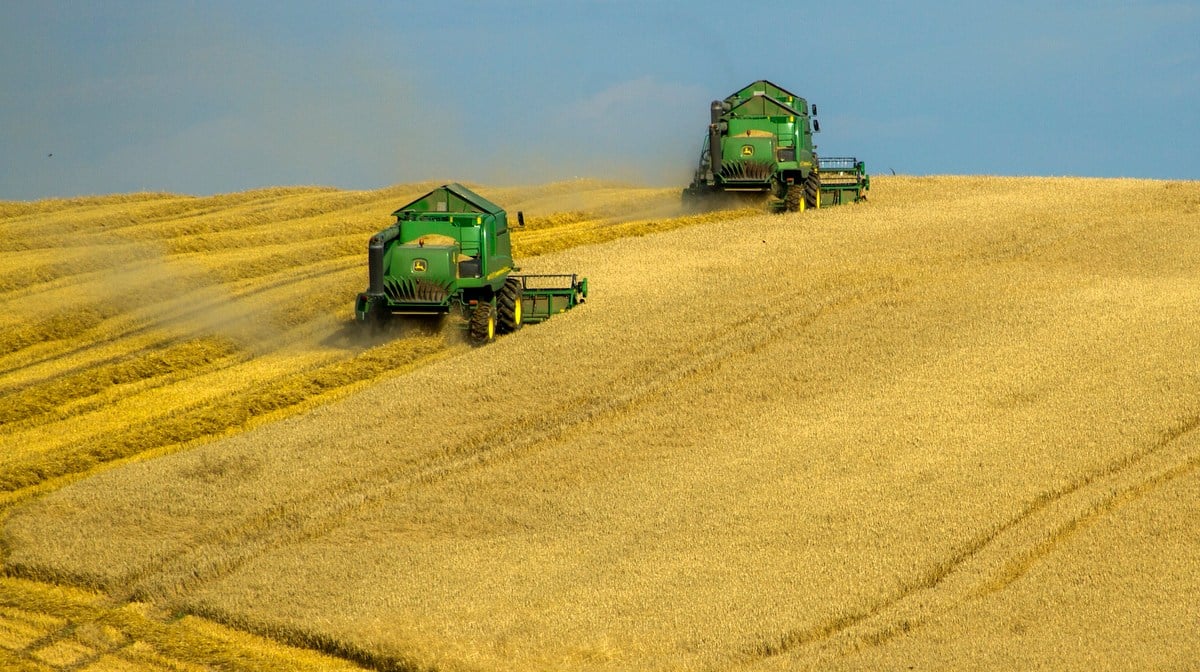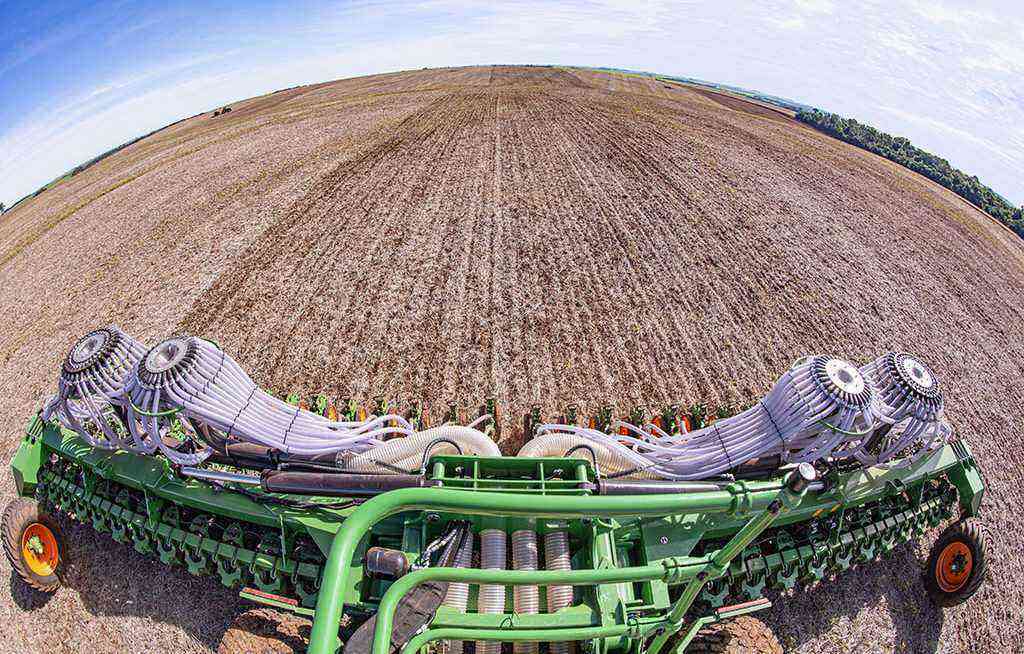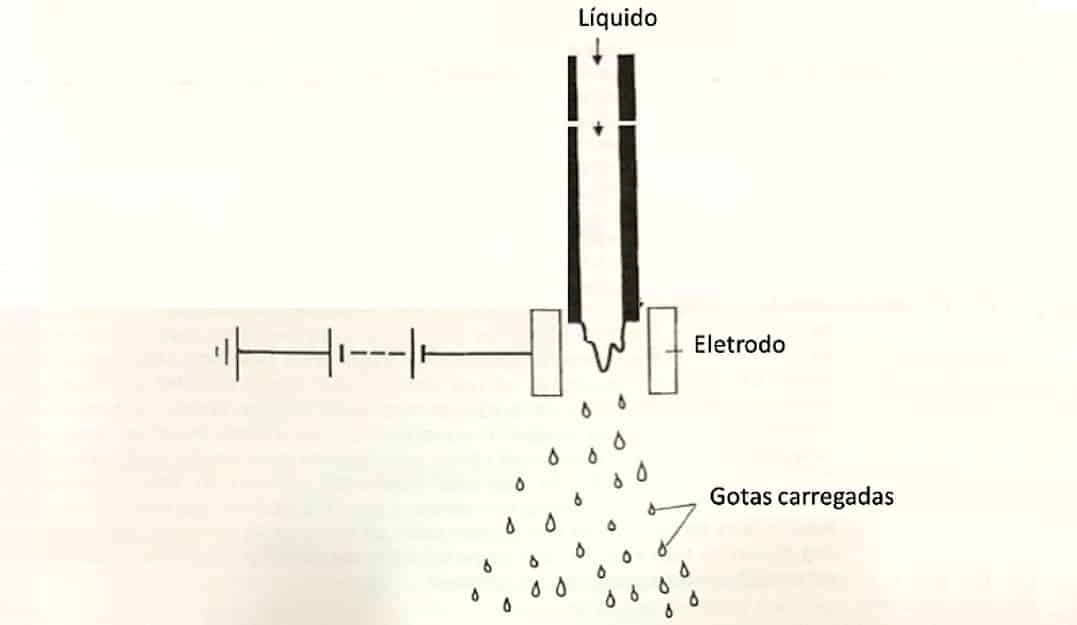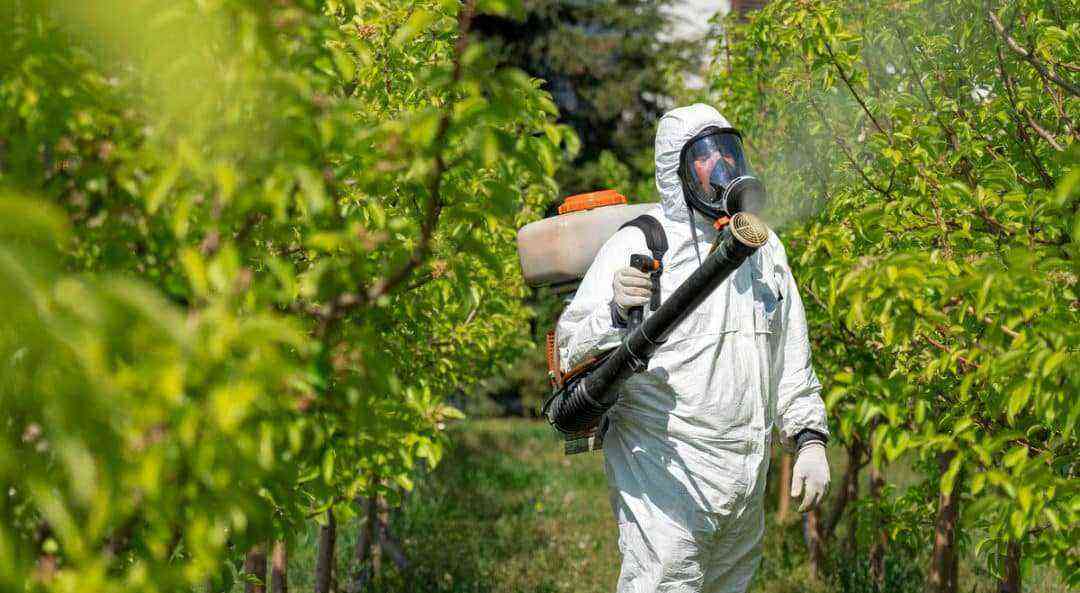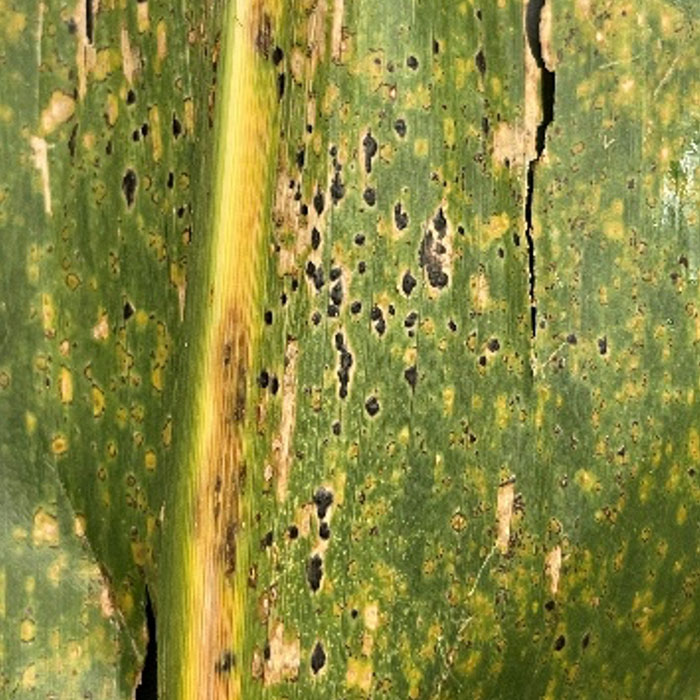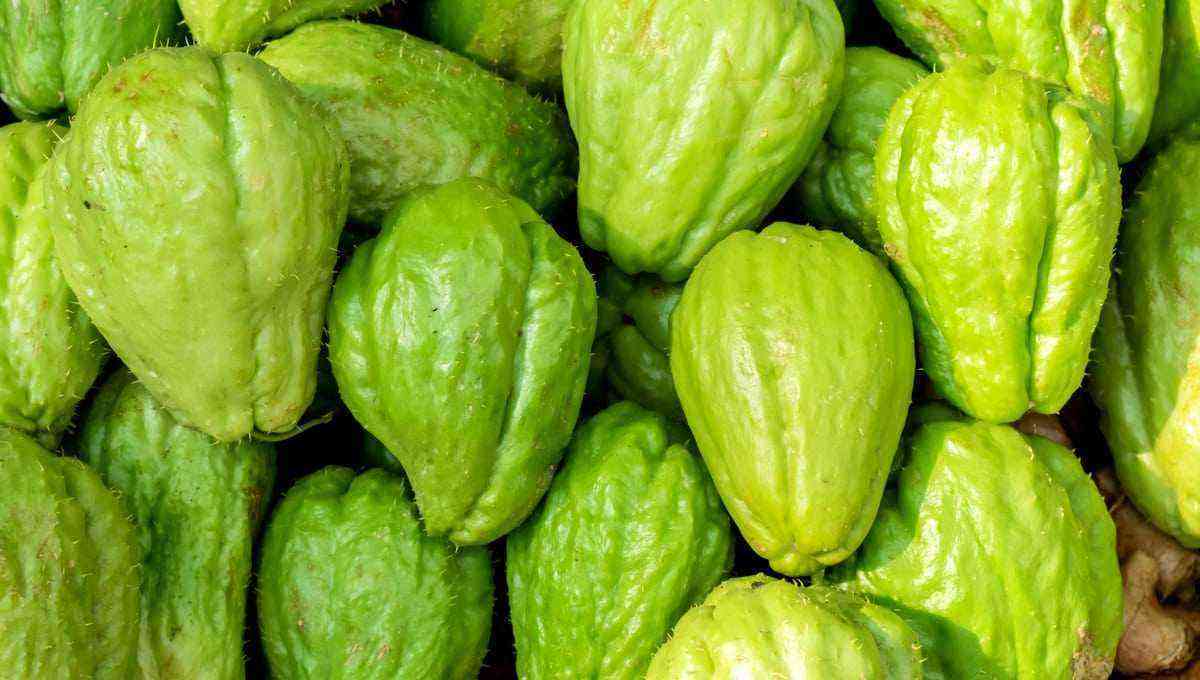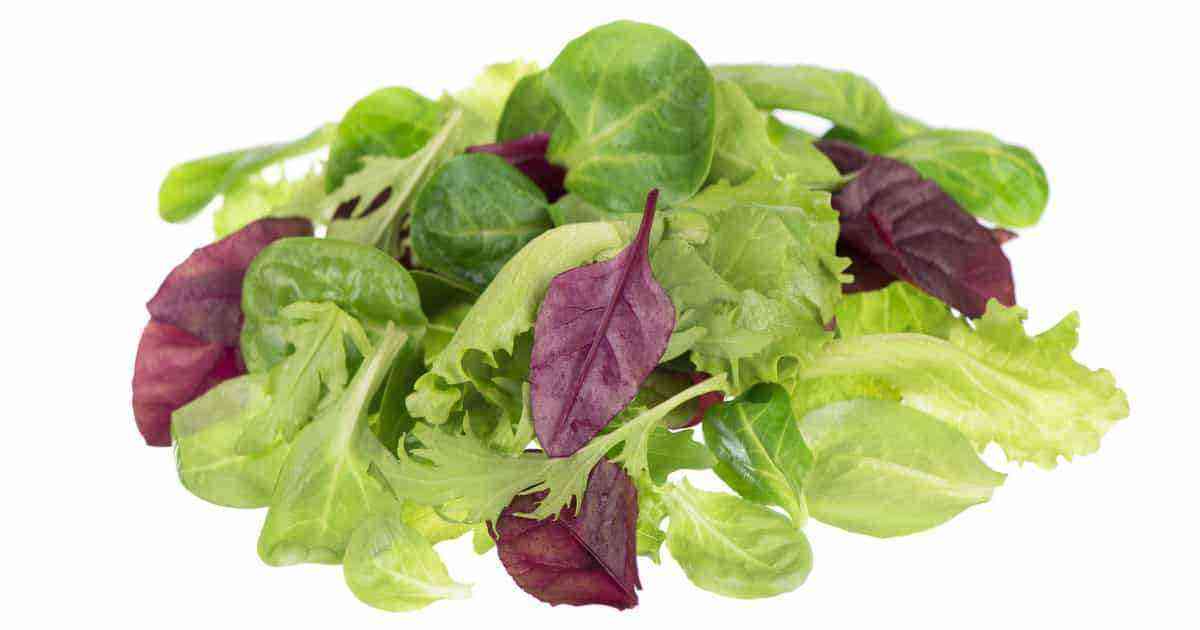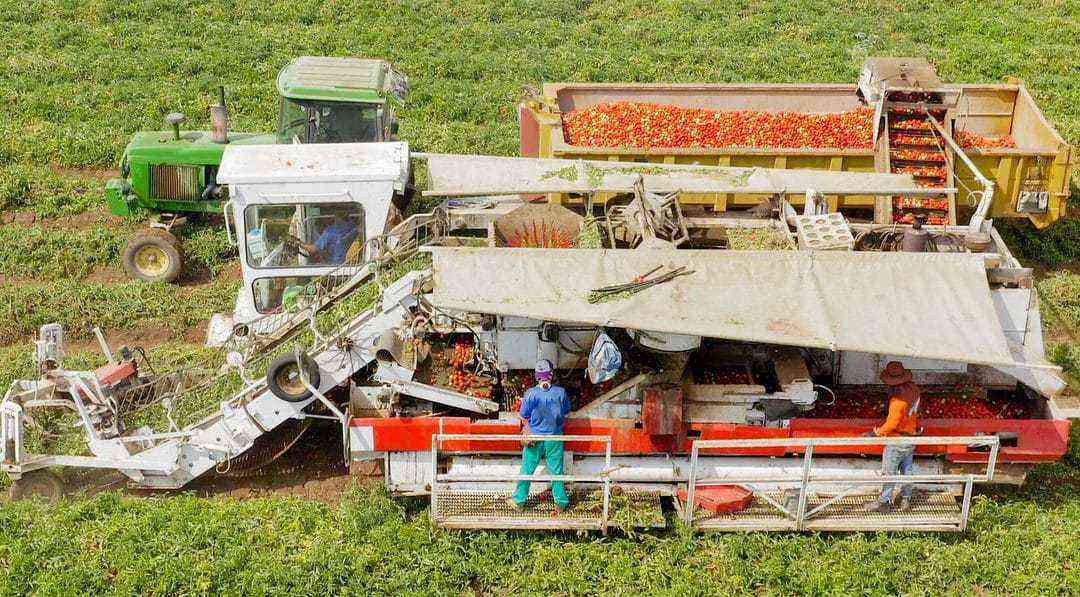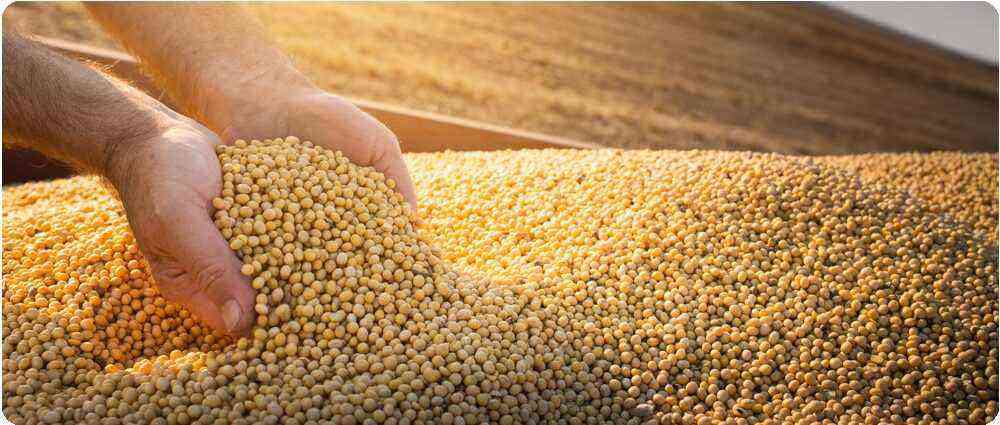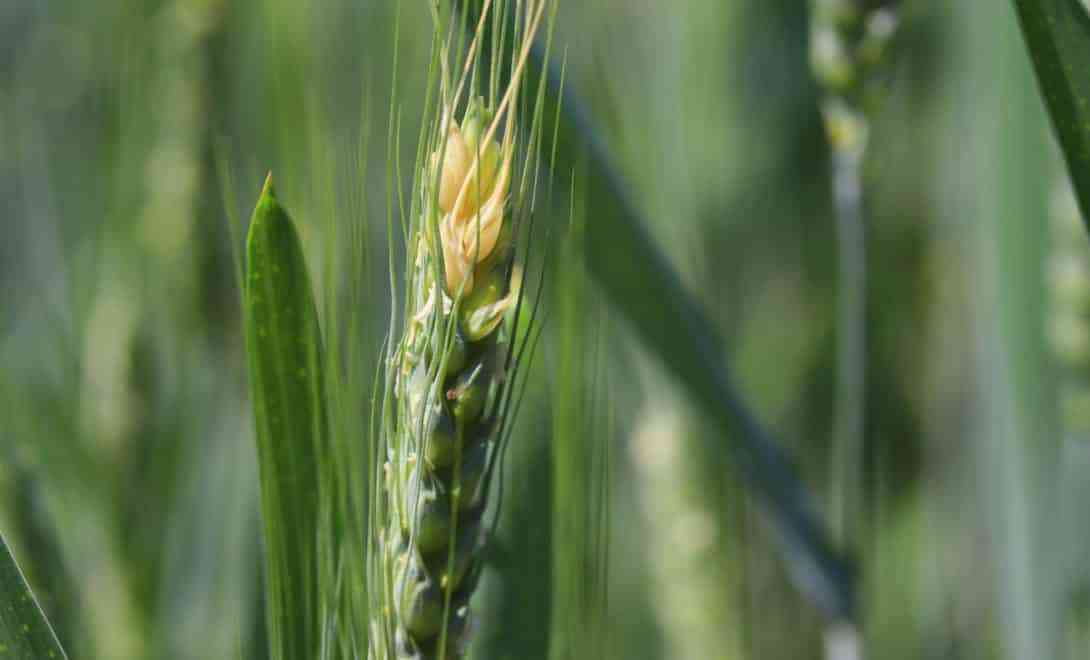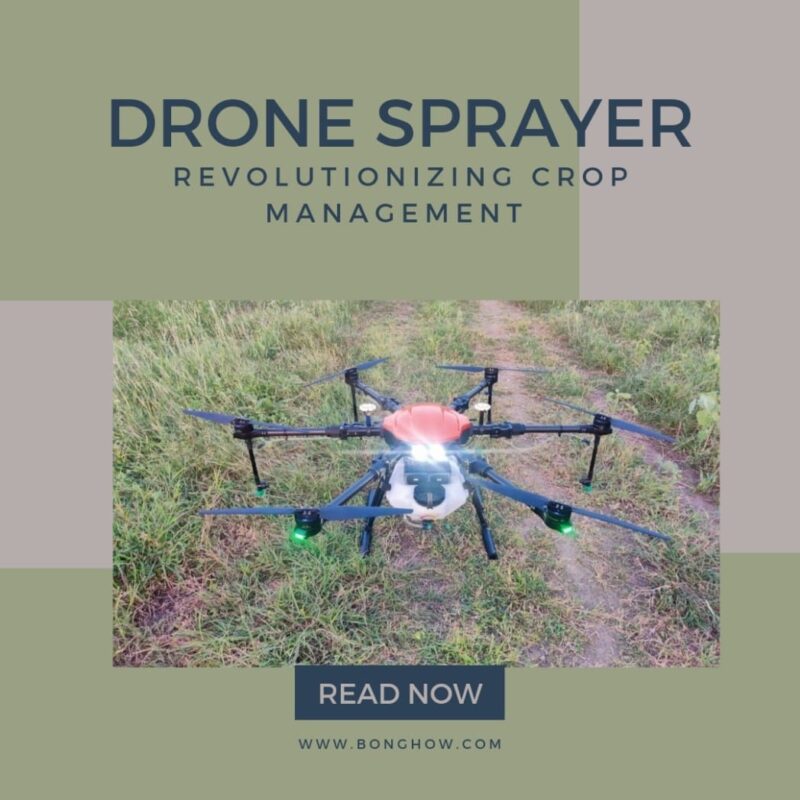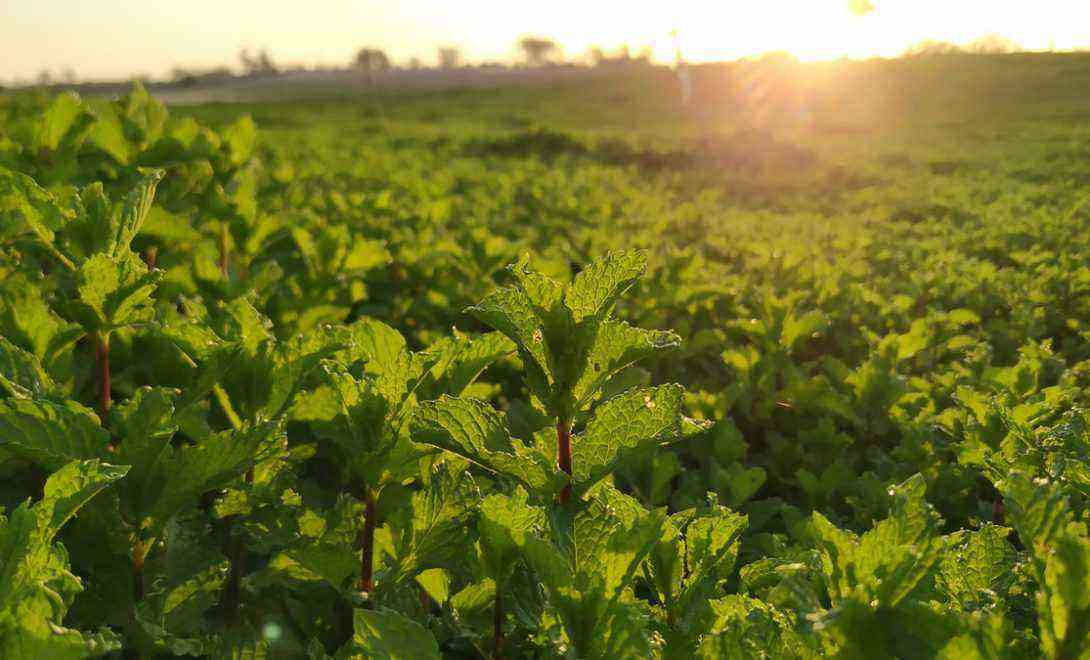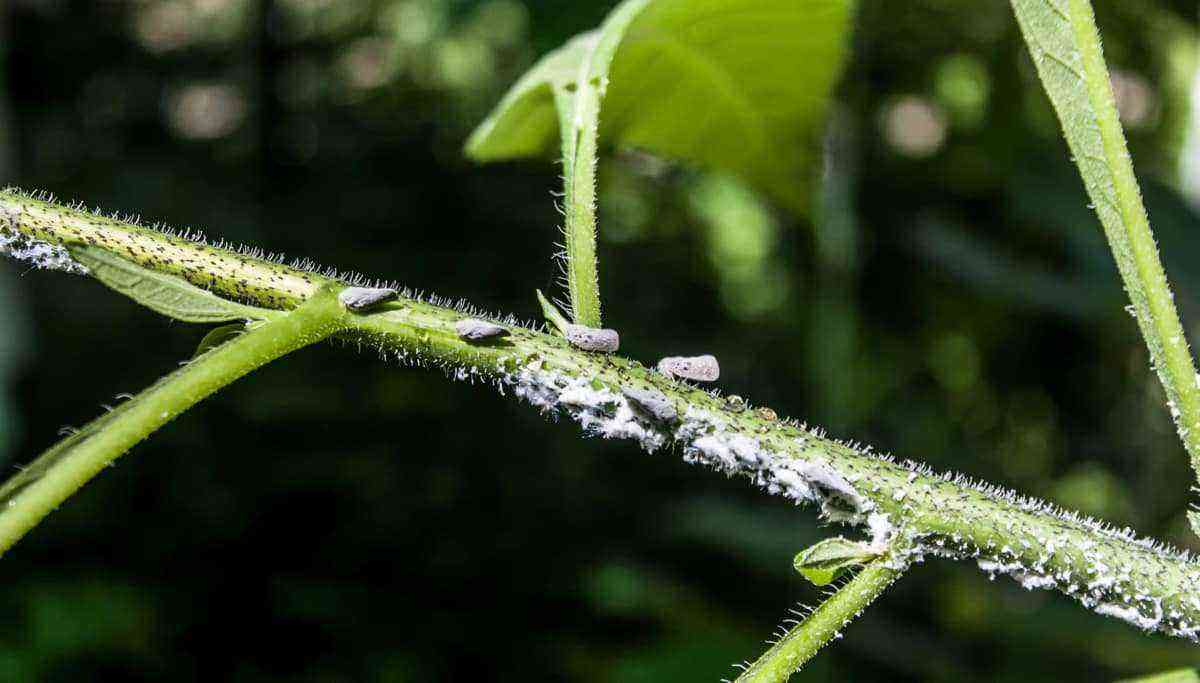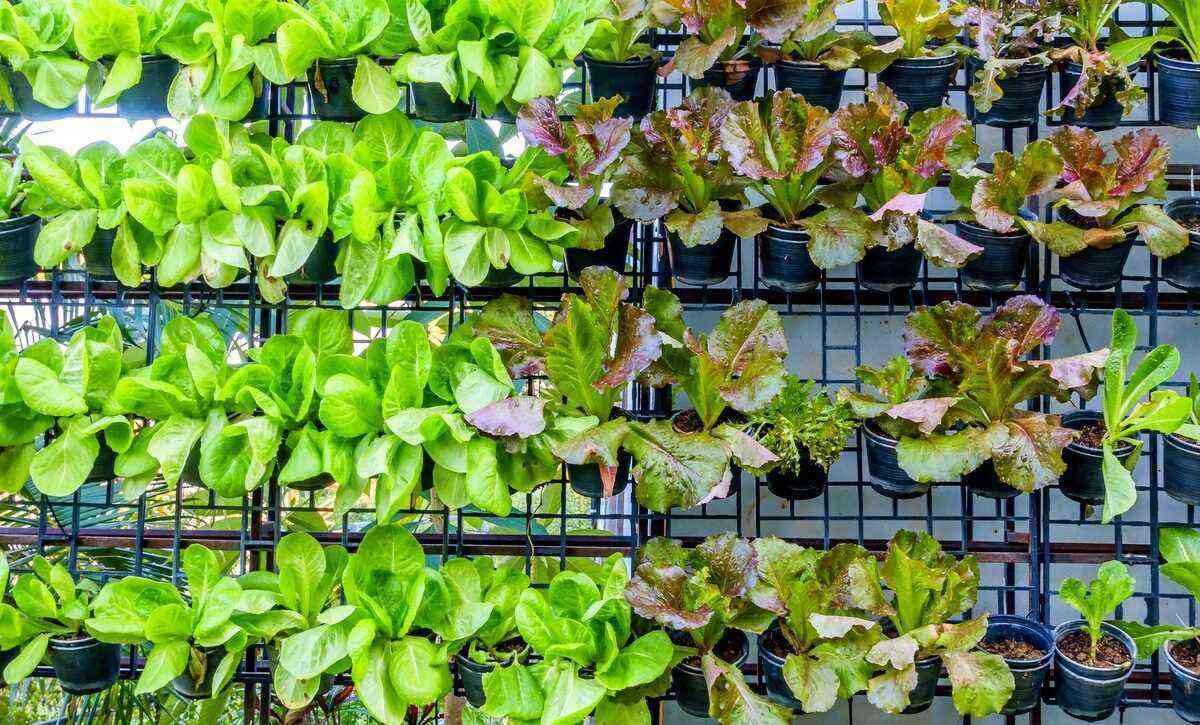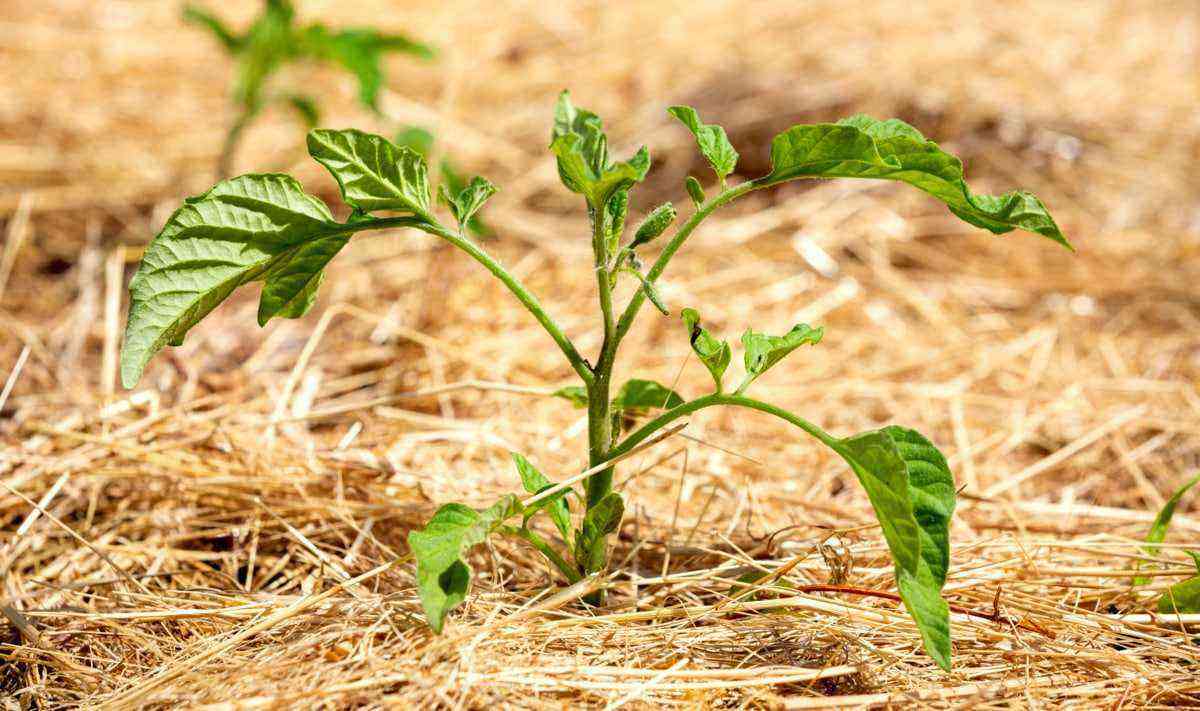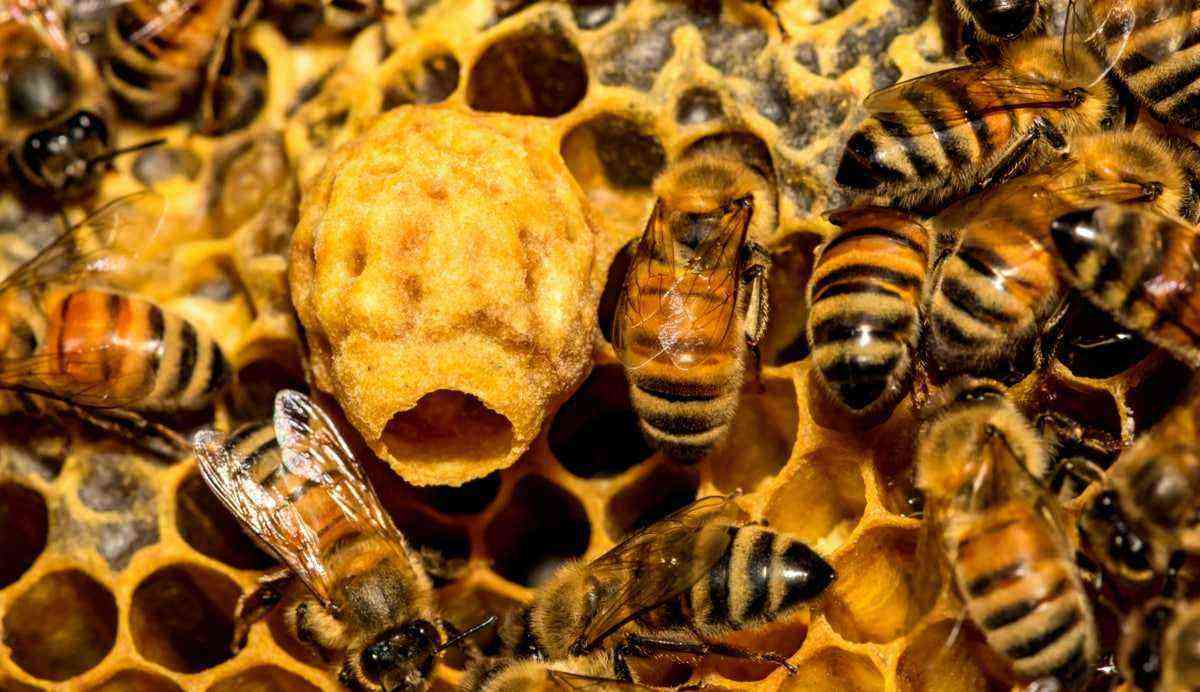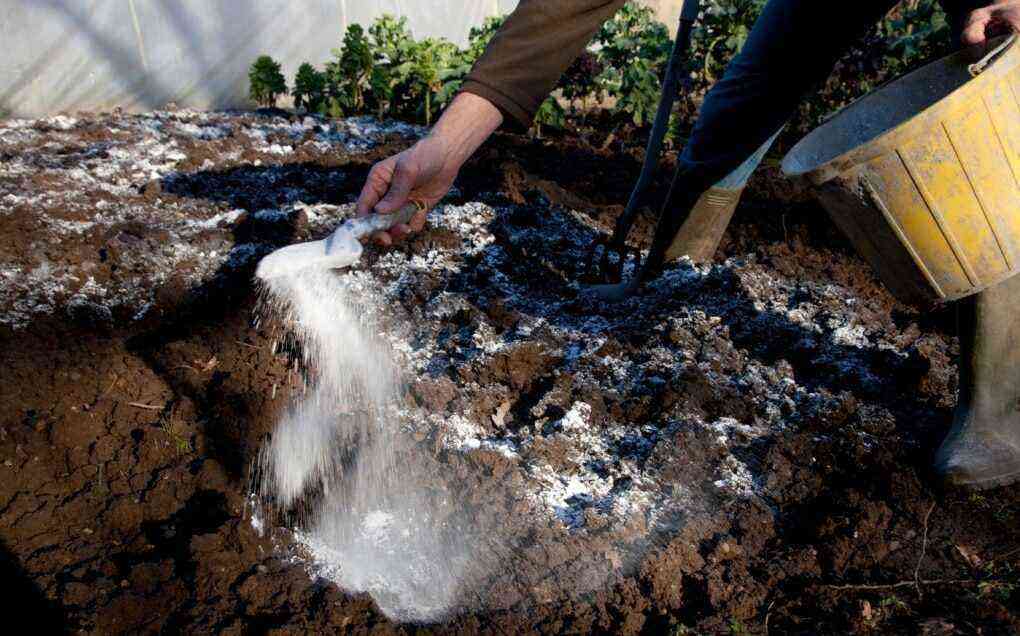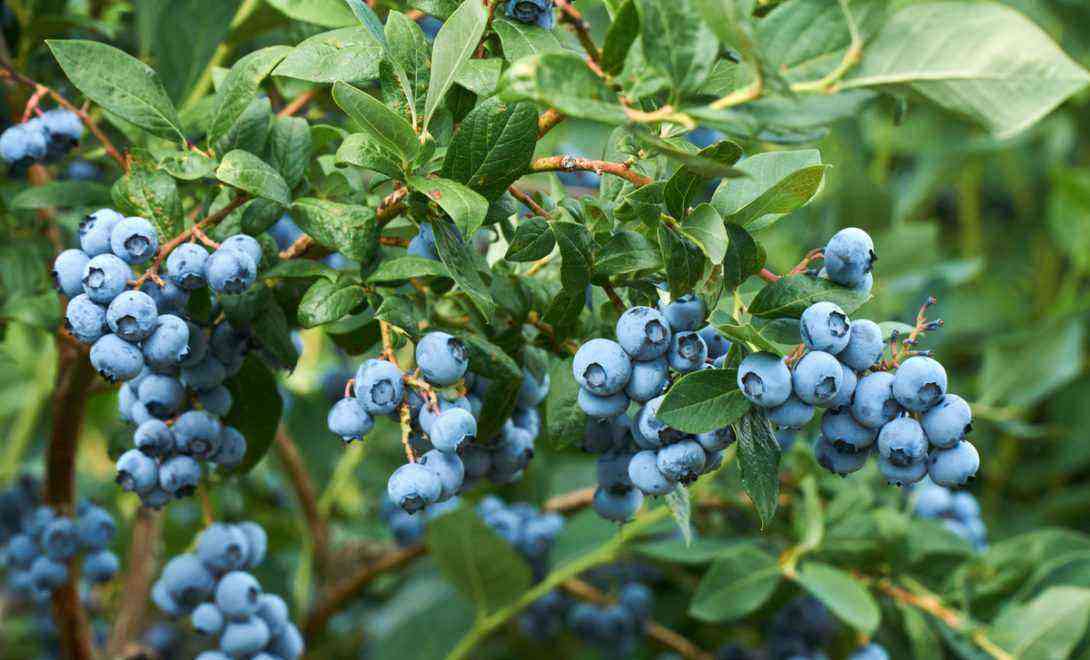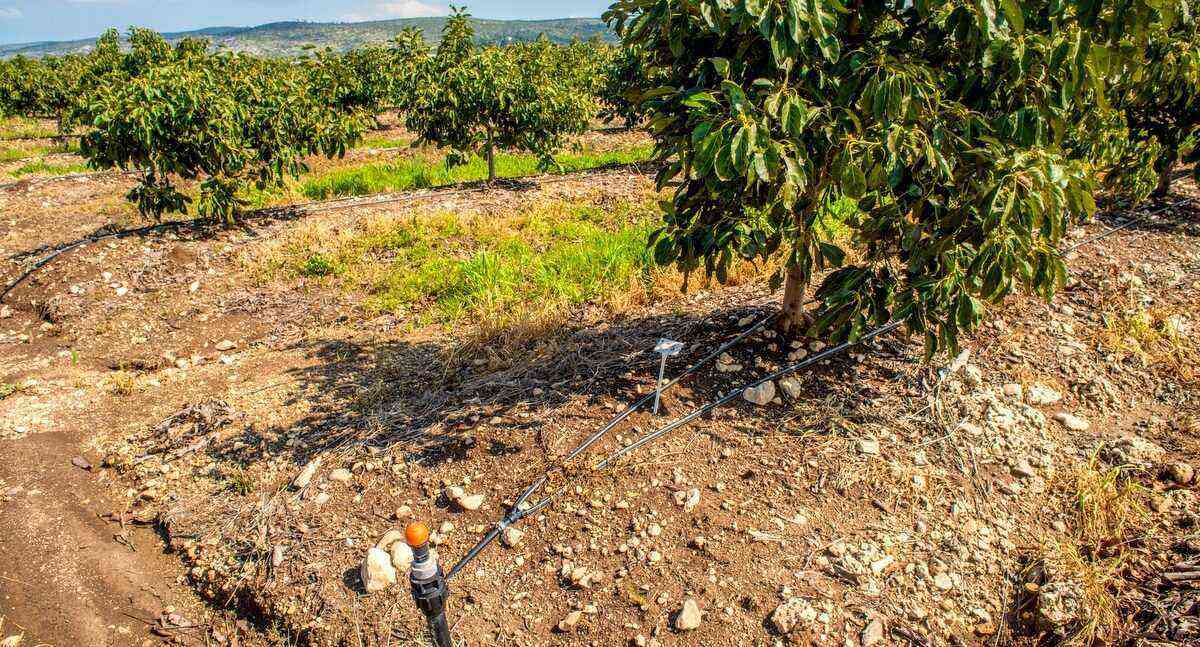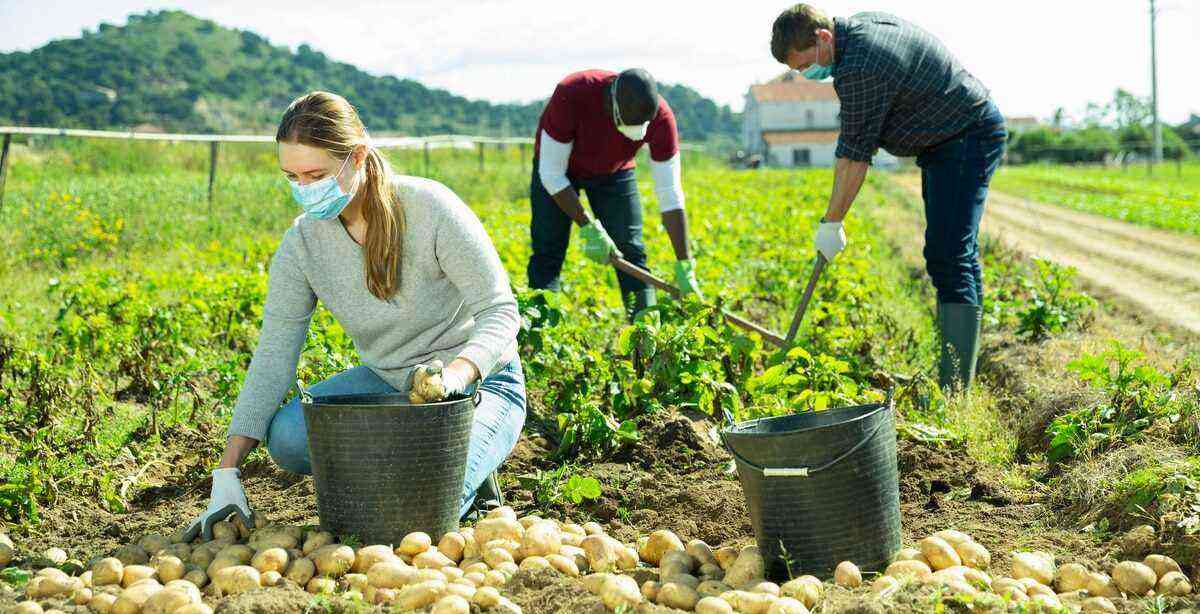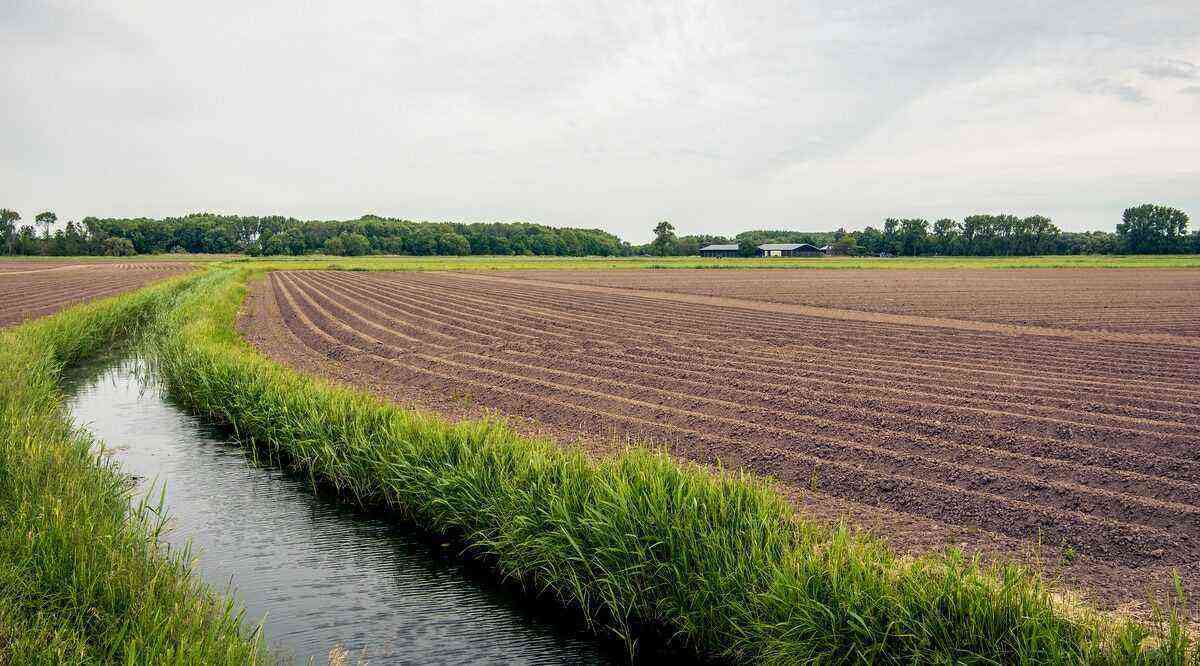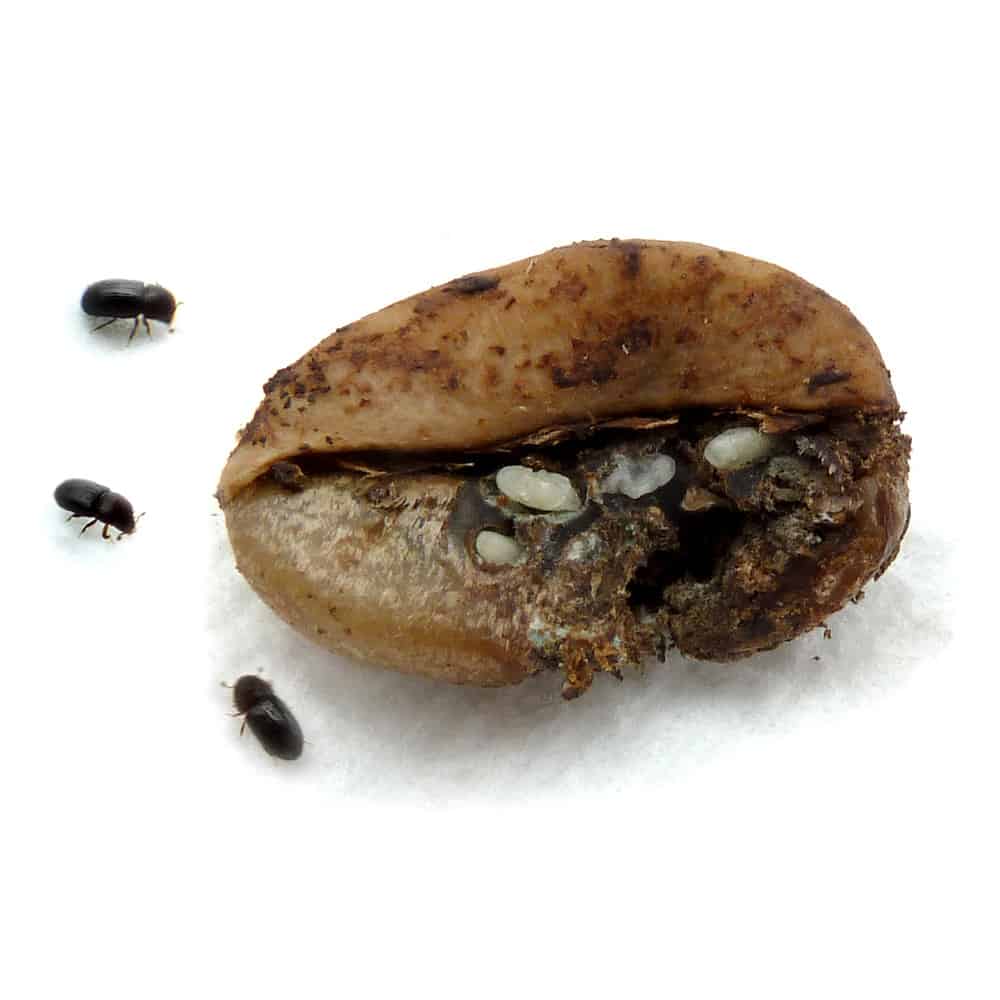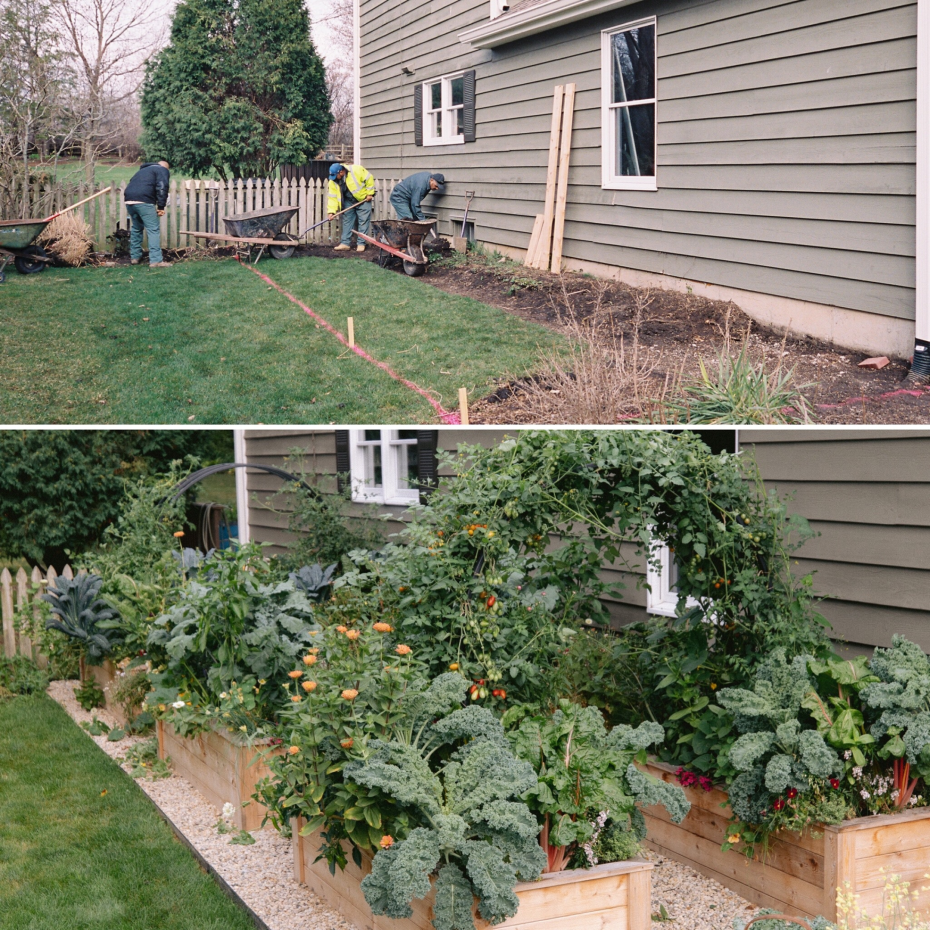Harvest losses have the main result of reducing the profit of agricultural production, regardless of the crop cultivated. This situation can certainly occur due to several factors and during the production cycle, as in the case of the emergence of pests or abrupt climatic changes.
However, there is a stage in which losses can, in most cases, be foreseen and avoided: in the final stage, that is, in the harvest of what was planted with so much effort, investment and planning.
But, after all, are there ways to calculate losses related to harvest losses and considerably reduce this volume? This is what we will address in this article.
Check out our special article on mechanized harvesting!
Why is it important to know how to calculate production losses?
Knowing how to accurately estimate the losses of a production is an extremely important skill and, sometimes, able to save farmers from great losses.
Among the factors that make this an indispensable task are:
- Budget: understanding the loss helps small, medium and large producers understand their own cash flow;
- Storage: knowing how to estimate the final volume of the harvest, it is possible to plan and guarantee a good storage of the product, especially in the case of grains;
- Distribution: when it is known how much production will be, the producer is able to close sales and distribute the harvested product without there being “holes”;
- Marketing: calculating losses also guarantees real numbers of what can be offered to buyers at the end of the season, that is, marketing will be much more accurate.
The producer must be attentive at the time of harvest. Crop losses normally occur at this stage.
With time and practice, estimating what the harvest loss will be becomes easier and simpler. However, even those who are not used to performing such a calculation can have access to the numbers, using some basic tips that we will see next.
What can cause crop losses?
Generally speaking, we can separate harvest losses into two categories: primary and secondary. Shall we understand more about it?
primary factors
The main causes of production losses are:
- Mechanical losses: improper handling of the product between the time of harvest;
- Environmental factors: in this case, we talk about temperature and humidity, for example;
- Micro-organisms: microbial action can result in damage at harvest time, as it causes bacteria and fungi in the plantation, mainly affecting vegetable and fruit production.
secondary factors
Among the causes of crop losses that are in the background are:
- Harvesting done improperly (failed method);
- Problems with machinery and equipment;
- Very long waiting time for harvesting;
- Improper storage.
How to perform an accurate calculation of harvest losses?
In order to correctly calculate these losses, it is necessary to keep in mind that each production is unique, that is, the estimation methods will be different in the case of grains and other products, such as fruits and vegetables, for example.
One of the biggest concerns, to avoid losses in the harvest, is to analyze the conditions of the equipment.
In fact, another point that needs to be considered is that most of these losses occur as a result of problems with equipment, such as harvesters. Therefore, the estimate should be made as follows:
- After passing the combine, place a frame on the ground, containing the exact width of the machinery cutting platform and the length of at least two square meters (sufficient as a sampling);
- After that, it is necessary to collect the grains that were not harvested, in the delimited area;
- Then choose the method that best suits your needs, which can be to weigh such grains and estimate the average weight, or even use a measuring cup and a graduated scale.
Operator training
In addition to problems with the equipment, it is necessary to invest in the training of harvester operators, in order for them to perform their functions in the best possible way.
As with any human-operated process, failures can occur. But the risk of them happening will be lower if the employee is well trained.
In addition, it is worth remembering that there are already several applications available on the market, capable of performing the calculation to the producer in a fully digital way, with just some information captured at the time of harvest.
Generally, the calculation used by such applications is the same (or performed manually), based on a simple rule of three, where:
Let’s say that 10 grams of corn were collected in the demarcated area, so 10 grams = 0,010 kg. So:
- 0,010kg – 2m2
- X kg – 10.000 m2 (or, one hectare)
- X = (0,010 x 10.000) / 2
- X = 50 kg (loss per hectare)
What are the tolerable numbers in terms of harvest losses?
As we mentioned earlier, each production will have its own tolerable loss levels. Among the main examples that we can cite are:
- Corn: up to 90 kg, which is equivalent to a bag and a half, per hectare;
- Soybean: approximately 60 kg per hectare of plantation;
- Wheat: 60 kg per hectare.
According to data published on the Embrapa (Brazilian Agricultural Research Corporation) website, these are international values, which serve as a parameter for the harvest carried out in Brazil.
Harvest losses are almost inevitable, depending on the cultivation carried out. But they need to be kept at acceptable levels.
Unfortunately, the agency also warns that, in most cases, there is a risk that these numbers easily reach double the indicated.
What to do to reduce losses?
If your crop’s losses are higher than indicated, don’t worry.
After all, it is possible to reduce them considerably through an accurate diagnosis of the cause and the use of optimization tools during the process. In this sense, invest in:
- Leak check: check if there is any type of leak in the harvester used. Look for holes and cracks in areas such as the feeder, elevator, separator cover and grain tank, for example;
- Harvester deceleration: high speeds can cause these losses through the dumping of grains through the back of the machinery. Therefore, the ideal is to reduce the acceleration gradually, checking if there are significant changes in the numbers;
- Knowledge: another way to avoid losses is to know the stages of production. The result is a harvest carried out at the right time, that is, neither too early nor too late;
- Pest check: insects, fungi and even weeds can result in crop failure. Therefore, focus on the processes necessary to avoid or, as a last resort, get rid of them before there is a loss in the final stage of production.
One of the reasons that lead to harvest losses is the speed of the harvesters.
Remember that, although a percentage of losses is expected (and relatively normal) in each harvest, it can be minimal, which means less damage to the producer at the end of the process.
Conclusion
As mentioned in this article, these losses undeniably end up occurring with each harvest. But it is possible to reduce them. At the video, see how to monitor the soybean harvest:
Source: Soy Radar Technology.
With this post we seek to present important tips with the purpose of reducing harvest losses.
In this sense, our complementary reading tip is how to reduce sugarcane harvest losses. Happy reading and until the next article!!
